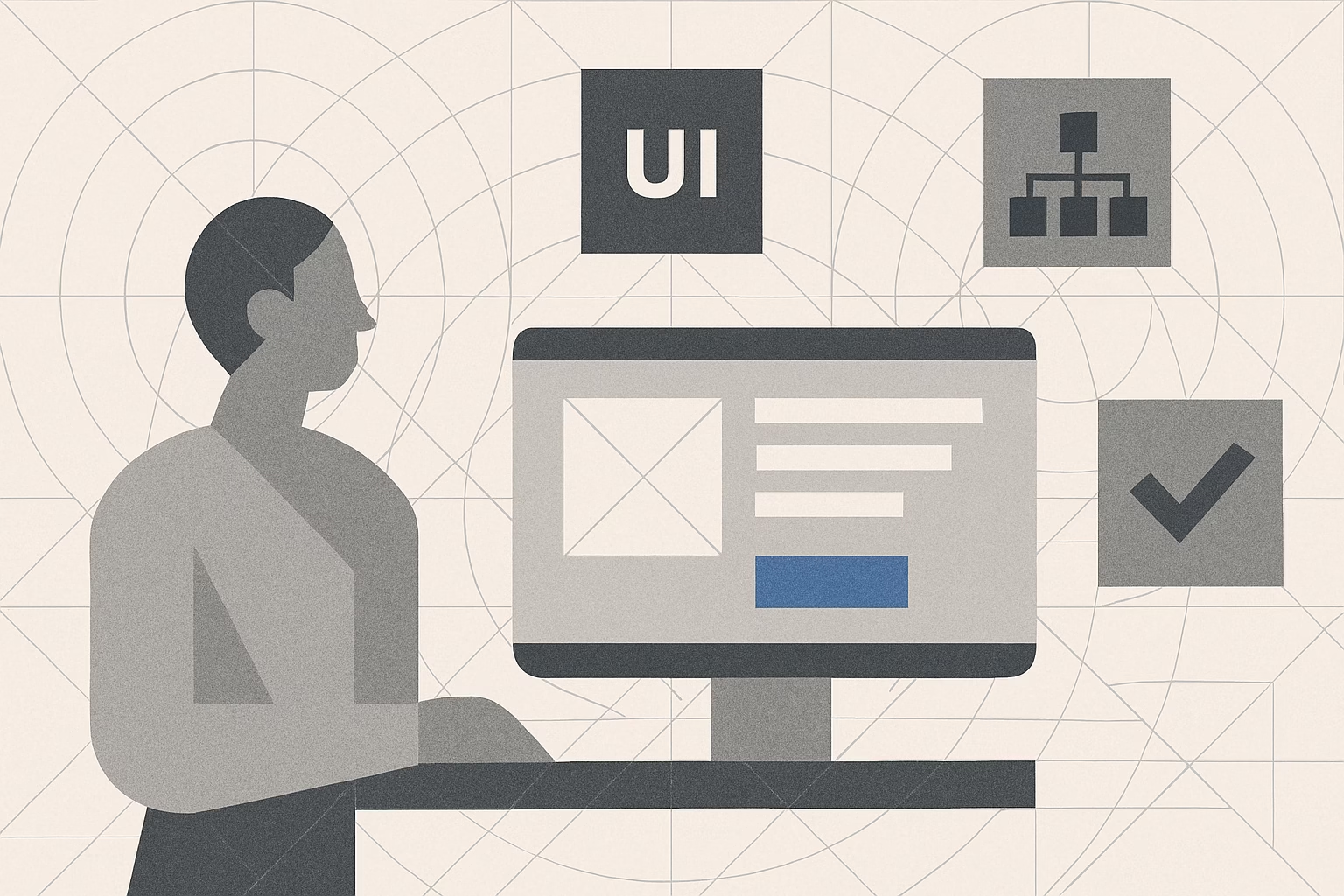Discover the seven common pitfalls that can undermine your product’s success. Learn actionable strategies to refine your design process, enhance user satisfaction, and create a product that stands out in today’s competitive landscape.
In today’s highly competitive digital marketplace, exceptional product design can be the key differentiator between a product that resonates with users and one that quickly fades into obscurity. However, even the most experienced teams can fall into traps that compromise the user experience. By understanding and avoiding these seven deadly sins of product design, you can ensure your product not only meets but exceeds user expectations.
1. Lack of User-Centricity
One of the gravest sins in product design is beginning the process without a deep understanding of your users. Designing based purely on assumptions or internal opinions can lead to interfaces that are confusing and fail to address user needs.
Key Strategies to Avoid This Pitfall:
- Conduct In-Depth User Research: Utilize surveys, interviews, and usability testing to gather firsthand user insights.
- Develop User Personas: Create detailed personas that reflect your target audience, including their pain points, preferences, and goals.
- Iterative Feedback Loops: Make user feedback an integral part of the design cycle to continuously refine the product based on real-world usage.
2. Overcomplicating the Interface
Simplicity is the hallmark of great design. Overloading your interface with excessive features or cluttered visuals can overwhelm users and obscure the product’s core functionality.
How to Simplify Effectively:
- Prioritize Essential Features: Identify the core features that deliver the most value and focus your design around them.
- Adopt Minimalist Design Principles: Use whitespace strategically, choose clear typography, and limit the color palette.
- Test for Cognitive Load: Regularly assess whether your design elements are intuitive and reduce unnecessary complexity.
3. Ignoring Accessibility Standards
A product that does not consider accessibility excludes a significant portion of potential users and can lead to legal challenges. Accessibility should be viewed not as an add-on, but as a fundamental design requirement.
Practical Steps to Enhance Accessibility:
- Follow Established Guidelines: Ensure your design adheres to the Web Content Accessibility Guidelines (WCAG) for contrast ratios, font sizing, and navigational structures.
- Incorporate Assistive Technologies: Use screen reader testing and incorporate keyboard-friendly navigation to accommodate all users.
- Engage with Diverse User Groups: Gather feedback from users with disabilities to understand where your design might be falling short.
4. Poor Information Architecture
Organizing content in a disorganized manner can lead to confusion and frustration among users. A well-thought-out information architecture is crucial to facilitate smooth navigation and ensure relevant content is easily accessible.
Improving Your Information Architecture:
- Conduct Card Sorting Exercises: Engage real users in organizing content into logical groups to inform your navigation structure.
- Develop Clear Hierarchies: Use visual hierarchies and intuitive menus that guide users naturally through the content.
- Iterate Based on User Behavior: Monitor how users interact with your product and refine your architecture based on click streams and drop-off points.
5. Neglecting Responsive Design
With the proliferation of mobile and tablet devices, designing for multiple screen sizes is no longer optional—it’s essential. A product that doesn’t offer a seamless experience across devices risks alienating a large segment of its audience.
Best Practices for Responsive Design:
- Mobile-First Approach: Start with the mobile experience, then scale up to larger screens, ensuring that the design remains coherent and functional across all devices.
- Flexible Grid Systems: Use fluid grid layouts that adapt to different screen sizes and orientations.
- Regular Cross-Device Testing: Deploy your designs on various devices early in the development process to identify and address issues promptly.
6. Inconsistent Branding
Brand consistency builds trust and reinforces the product’s identity. When design elements such as color schemes, typography, or imagery are inconsistent, it disrupts the user experience and dilutes brand recognition.
Ensuring Brand Consistency:
- Develop a Comprehensive Style Guide: Document all visual and interactive elements to maintain a unified look and feel across all platforms.
- Regular Audits: Periodically review all product touchpoints—web, mobile, print—to ensure adherence to brand standards.
- Collaborative Workflows: Integrate branding guidelines into the design process so that every team member, from designers to developers, is on the same page.
7. Rushing Through Prototyping and Testing
In the pursuit of rapid product delivery, teams sometimes bypass essential steps in prototyping and testing. This often results in a product that has not been adequately validated, leading to costly revisions post-launch.
Steps to Strengthen Prototyping and Testing:
- Iterative Prototyping: Develop multiple prototypes at increasing levels of fidelity. Begin with wireframes, then move to interactive models.
- Comprehensive Usability Testing: Involve users at every stage of development, capturing their feedback to inform design improvements.
- Embrace a Fail-Fast Mindset: Recognize that early testing might expose flaws—use these insights to refine the product rather than rushing to market with a suboptimal solution.
Beyond the Sins: Cultivating a Culture of Continuous Improvement
Avoiding these seven deadly sins starts with building a culture that values iterative learning and design evolution. Encourage teams to celebrate modest wins, learn from design missteps, and continuously monitor industry trends and user behavior. A culture of continuous improvement not only mitigates the risk of repeating mistakes but also fosters innovation, making your product resilient and adaptable in a rapidly changing market.
Conclusion
Exceptional product design requires a balanced approach that marries aesthetics with functionality, user feedback with data-driven decisions, and rapid iteration with meticulous planning. By identifying and sidestepping these seven deadly sins of product design, you pave the way for a product experience that delights users and stands out in the competitive digital landscape. Embrace thoughtful design, consult regularly with real users, and let continuous improvement be your guiding principle.
Embrace these insights and strategies to transform your design process into a well-oiled machine that drives user satisfaction and product success.


